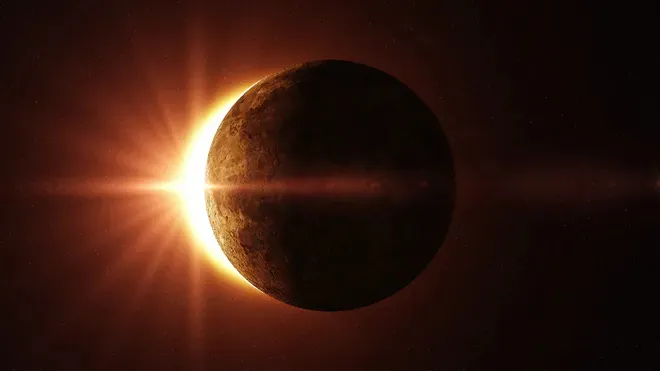The Total Solar Eclipse of April 2024: Essential Viewing Guide
Your guide to the 2024 solar eclipse: where to watch, duration, and safety tips for a once-in-a-decade astronomical event

- Introduction
- Significance of the April 8, 2024, total solar eclipse.
- What is a Solar Eclipse?
- Explanation of the astronomical event.
- When and Where to Watch
- Detailed viewing times and locations across North America.
- Anchor Link: Viewing Locations and Times
- Viewing the Eclipse Safely
- Importance of using proper eye protection.
- How to obtain or make safe viewing glasses.
- The Path of Totality
- Exploring the path across Mexico, the USA, and Canada.
- Duration of the Eclipse
- Total and partial eclipse durations.
- Upcoming Solar Eclipses
- Future eclipses to watch for.
- FAQs
- Conclusion
- Encouraging further exploration and education on solar eclipses.
Introduction
On April 8, 2024, the skies over North America will darken midday as the moon passes directly between the Earth and the sun, casting its shadow and creating a total solar eclipse. This celestial spectacle, visible in parts of Mexico, the United States, and Canada, won't occur again for another 20 years, making it a must-see event for enthusiasts and casual observers alike.
What is a Solar Eclipse?
A solar eclipse occurs when the moon's orbit aligns it directly between the Earth and the sun, obscuring the sun's light. The total solar eclipse of April 2024 is particularly noteworthy because the moon will completely cover the sun, turning day into night for a brief, magical moment.
When and Where to Watch
Viewing Locations and Times
The path of totality, where the eclipse will be visible in its full glory, stretches across several states and provinces:
- Mexico: Sinaloa, Durango, Chihuahua, Coahuila, Nayarit.
- USA: Texas, Oklahoma, Arkansas, Missouri, Tennessee, Kentucky, Illinois, Indiana, Ohio, Pennsylvania, New York, Vermont, New Hampshire, Michigan, Maine.
- Canada: Ontario, Quebec, New Brunswick, Nova Scotia, Prince Edward Island, Cape Breton.
In areas like Arizona, visibility will range from 50% in the northwest to 70% in the southeast, with Phoenix seeing around 60% coverage. The eclipse will begin at 10:08 a.m. (Arizona time), reaching maximum visibility at 11:20 a.m., and concluding by 12:35 p.m.
Viewing the Eclipse Safely
To safely view the eclipse, it's imperative to use special eclipse glasses or welder's goggles. These protect your eyes from harmful UV rays that can damage the retina. Ensure any glasses you use are ISO-certified and endorsed by reputable organizations like the American Astronomical Society and NASA.
The Path of Totality
The eclipse's path offers a unique opportunity for approximately 44 million people to experience total darkness in the middle of the day. The longest duration of total darkness will be near Torreón, Mexico, lasting 4 minutes and 28 seconds.
Duration of the Eclipse
This astronomical event will span two hours, beginning in Mazatlán, Sinaloa, around 12 p.m. Central Time and concluding in Canada before 5 p.m. Eastern Time. Those in the path of totality will experience darkness for approximately 3.5 to 4 minutes.
Upcoming Solar Eclipses
Looking ahead, the next notable eclipses include an annular eclipse in October 2024 and partial eclipses in 2025 and 2026, visible in various parts of the world.
FAQs
Q: Can I use regular sunglasses to view the eclipse?
A: No, regular sunglasses do not offer the necessary protection against the sun's rays.
Q: Will the eclipse be visible if it's cloudy?
A: Cloud cover can obstruct visibility, but the darkening effect will still be noticeable.
Conclusion
The April 8, 2024, total solar eclipse presents a rare opportunity to witness one of nature's most awe-inspiring events. By preparing and ensuring you view the eclipse safely, you can enjoy this celestial spectacle to its fullest. For more information on astronomical events and how to view them, visit Kiksee Magazine. Don't miss out on this once-in-a-decade event that brings communities together under the shadow of the moon.
What's Your Reaction?






















